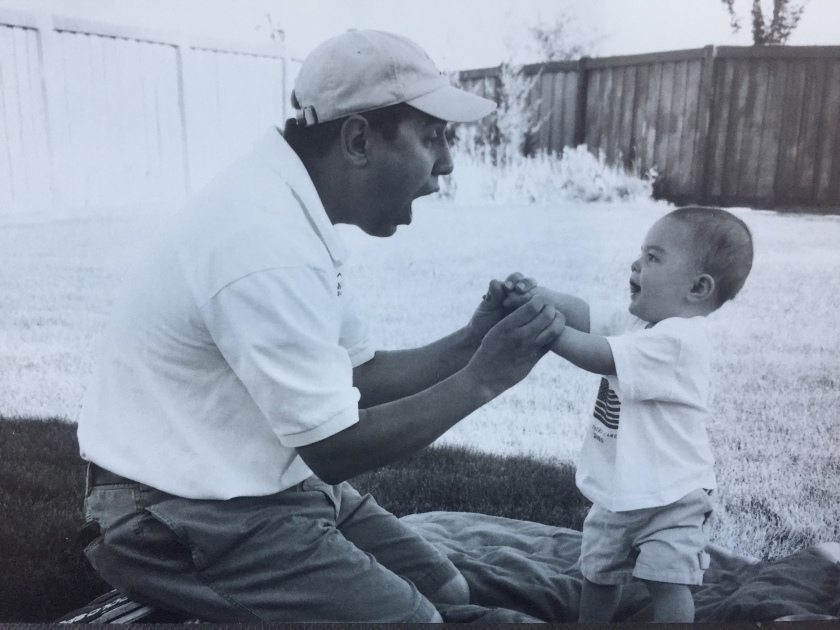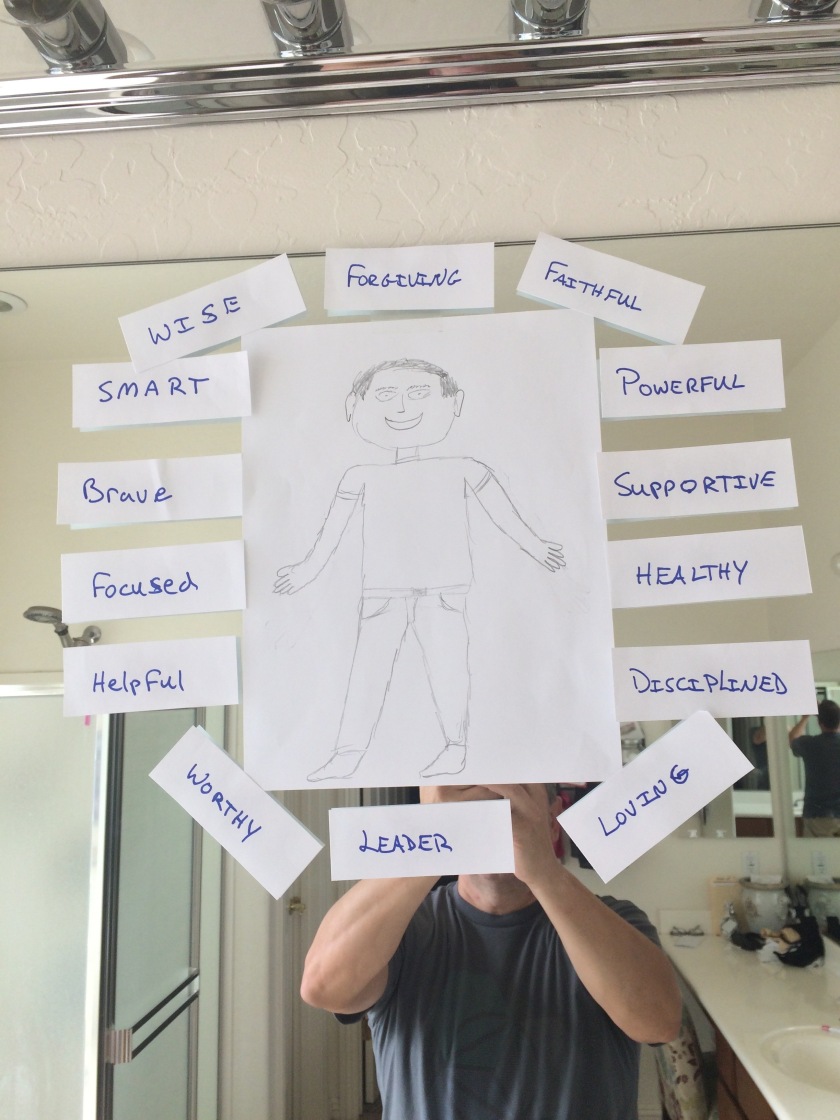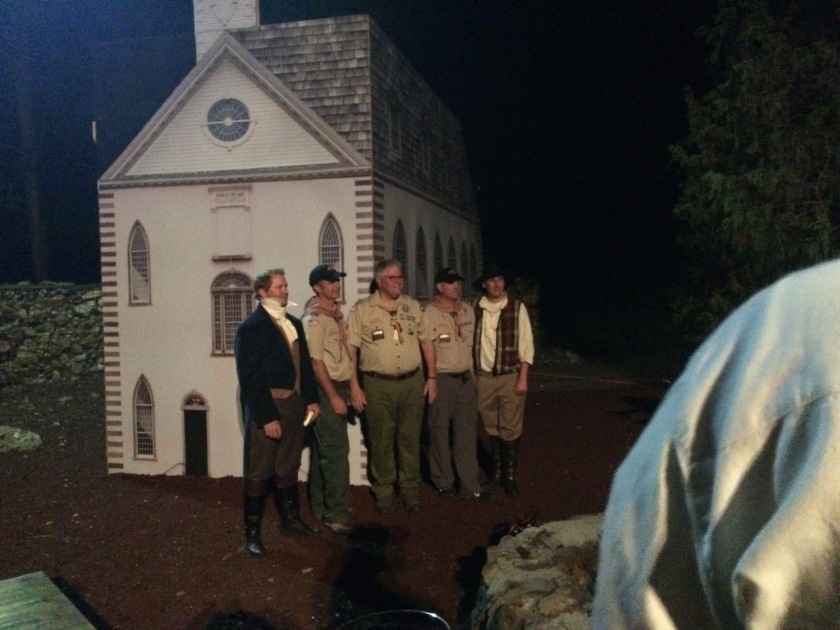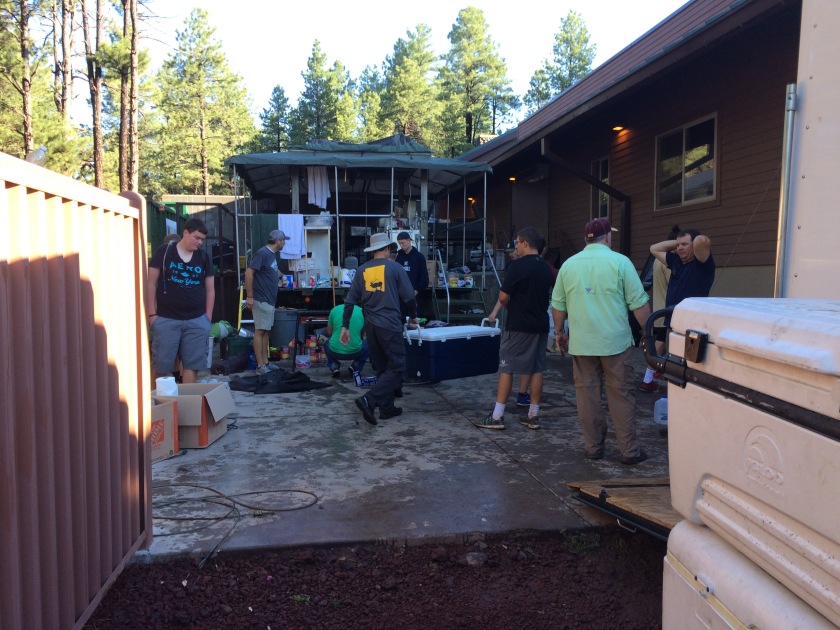 Parents find out quickly that children are not the same. They don’t think the same; they don’t act the same; they don’t like the same things. This presents a real challenge when trying to connect with each child.
Parents find out quickly that children are not the same. They don’t think the same; they don’t act the same; they don’t like the same things. This presents a real challenge when trying to connect with each child.
I have something I try and do every week to connect with each child. We call it our weekly father’s interview. Each Sunday, I take between five minutes to an hour and have a one-on-one with each of my children. We discuss the week’s events, what’s coming up next week, how their schooling is going, and other topics relevant to them in that moment.
I follow a simple plan to hold these interviews. This plan allows the child to open up and feel safe in our conversations. I have also found that following this plan allows me to be less judgemental and more conversational.
1. Find a Quiet Place
The Father’s Interview needs to be held in a quiet place free from distractions. It also ensures that none of the other children eavesdrop on the conversation. Providing a safe place to talk allows the child to open up and feel free to speak what’s on their mind.
2. Start With Prayer
I find that if we start with a prayer we can invite God into the conversation. The prayer allows us to bring focus to the interview as it is a known starting point. I also silently pray for guidance as we discuss things so that I can connect with my child.
3. Review Last Week’s Goal
Each week the child has set a goal to improve (see number 6 below). We start off the interview by reviewing that goal and seeing how they did. There is no judgment here, just a report on how they did and how they feel about how they did.
4. Ask “What’s Going Well”
We start off with “What’s going well?” This question prompts the child to think about the positive. It brings good energy into the conversation and usually smiles. When your child is smiling they relax and talk more freely.
5. Ask “What Could Improve”
The next question I ask is “What could improve?” The child then thinks about ways to be better. It gives them the chance to reflect black and determine for themselves where they want things to change.
6. Ask “What Is One Thing You Will Change To Make Next Week Better”
The last question I ask is “What is one thing you will change to make next week better?” Now that we’ve discussed what could improve, we set a goal. The child chooses one thing to focus on for the next week. The child then reports in the next father’s interview on how they did on that goal.
7. Open It Up
The last part of the father’s interview is opening it up for the child to talk about anything on their mind. Sometimes, I need to prompt the child to get them started. A question such as “What is going well with your friends?” can open up a dialog.
Giving them time to open up and discuss things they want to discuss builds trust. I don’t have to have all the answers, but I do have to listen. If they ask for advice, I will give it. If not, then I’ve listened and that can be enough.
8. Close With Prayer
At the end of the interview, we close with prayer. We thank God for the time spent together and ask for help during the week on the goal that has been set. After the prayer, I tell the child I love them and that I’m so happy they are in our family. Letting the child know you love them allows them to leave the interview on a high and inspires them to move forward.
Connecting with your child is important. The connection builds trust and a tighter bond. When we’ve connected with our children, our love for them is shown and it grows stronger.
How do you connect with your child? What have you found that works? Comment below, I would love to hear your ideas.


 The concept is called looking up. In the game, Sam would get the ball and stop to look around and see where the other kids were and which way he needed to go. He was the only player on the team to do this. His goal in this game came after he dribbled the ball down the field and stopped to look where the goalie was and shoot the ball where the goalie wasn’t. Of course having played soccer for so many years I am well familiar with looking up and finding the right course. It’s a concept all of us should take note of.
The concept is called looking up. In the game, Sam would get the ball and stop to look around and see where the other kids were and which way he needed to go. He was the only player on the team to do this. His goal in this game came after he dribbled the ball down the field and stopped to look where the goalie was and shoot the ball where the goalie wasn’t. Of course having played soccer for so many years I am well familiar with looking up and finding the right course. It’s a concept all of us should take note of.


 My six tips to reducing dad stress:
My six tips to reducing dad stress: It’s not easy being a dad. If we as fathers can
It’s not easy being a dad. If we as fathers can 
 Saturdays usually mean house cleaning and yard work. Recently, our Saturdays also include club soccer for Ellie and Levi. This has created a bit of chaos because they usually play at different venues at the same time. So Saturdays usually have a rushed feeling as we try to get everything accomplished.
Saturdays usually mean house cleaning and yard work. Recently, our Saturdays also include club soccer for Ellie and Levi. This has created a bit of chaos because they usually play at different venues at the same time. So Saturdays usually have a rushed feeling as we try to get everything accomplished.
























